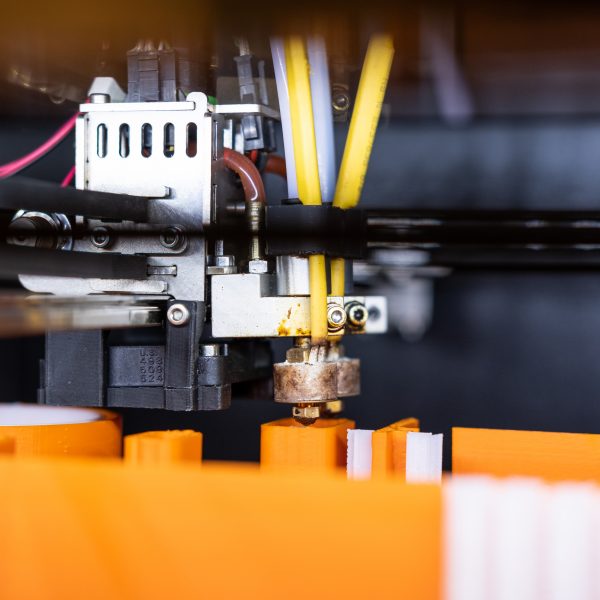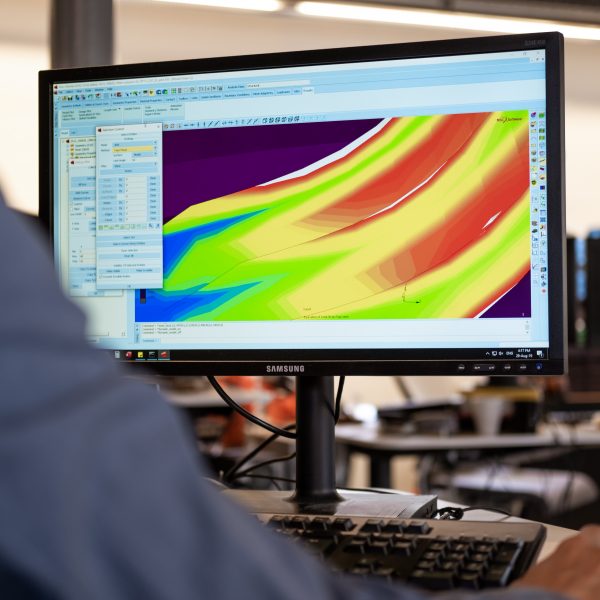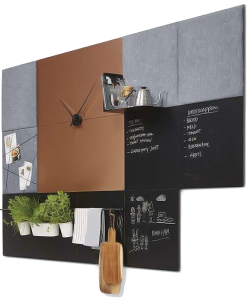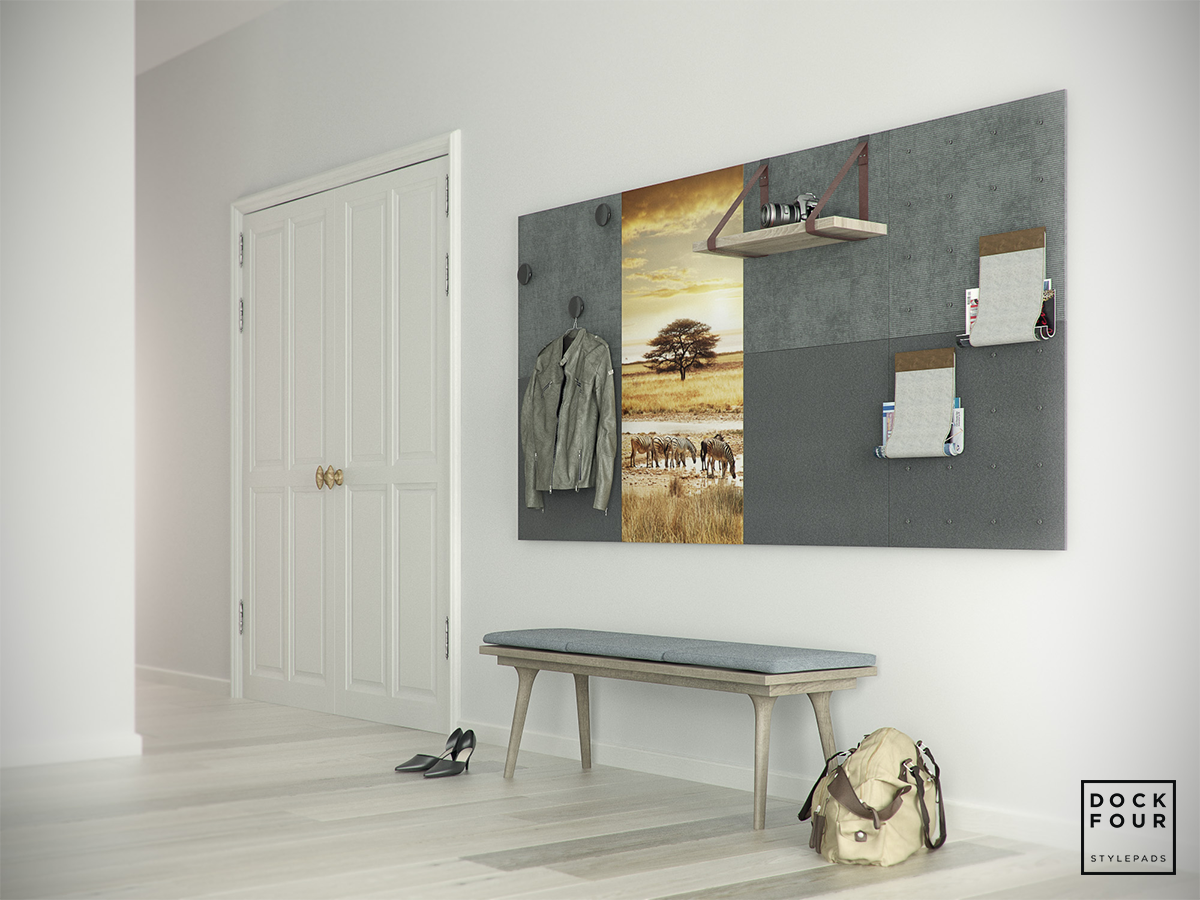
Titanium hinge for AM
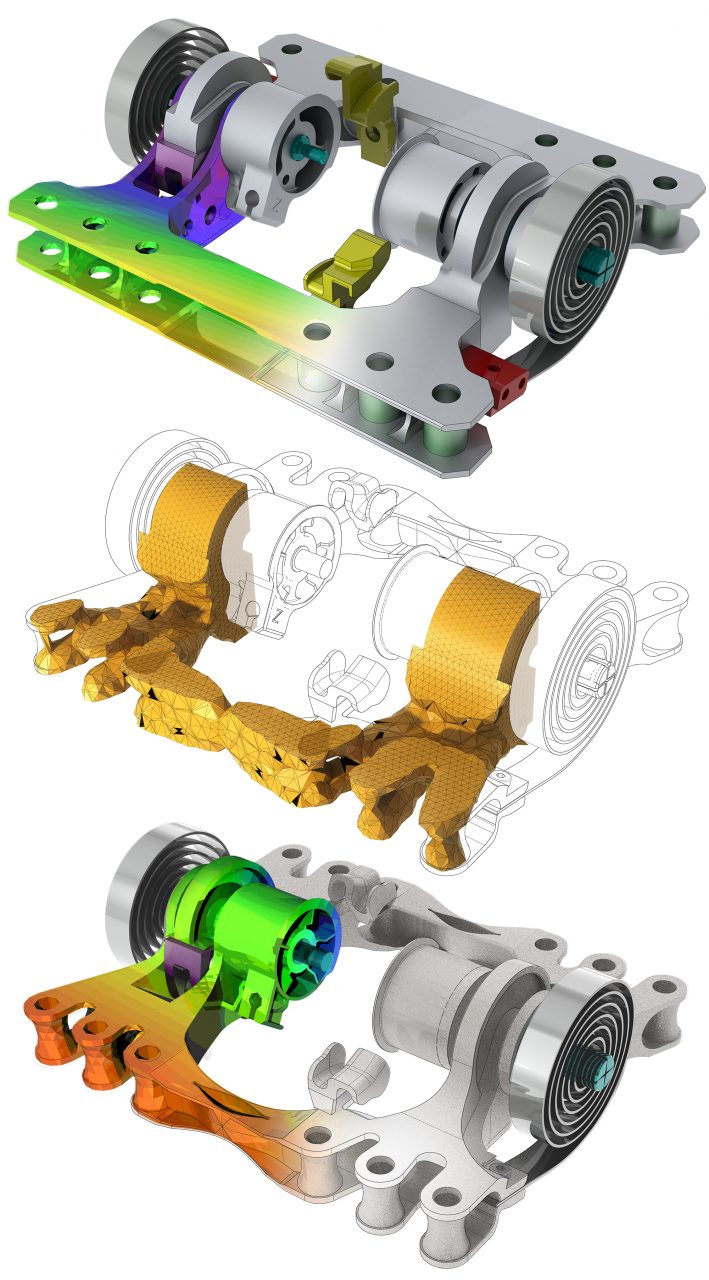
BPO has researched the possibilities for using Additive Manufacturing (AM) in high tech production parts for space applications in a joint research project with Airbus Defence and Space Netherlands and the Netherlands Aerospace Centre (NLR).

Additive Manufacturing is a term used for all techniques that are used to build parts in thin layers of material. In this project the process selective laser melting for metals was used. Airbus Defence and Space Netherlands develops and produces parts for the space industry, like solar panels, satellite instruments and rocket structures. NLR is the Netherlands Aerospace Centre for identifying, developing and applying advanced technological knowledge in the area of aerospace. It has the facilities to produce metal parts using Additive Manufacturing techniques.

In this research project, BPO reworked the current hinge design of Airbus Defence and Space Netherlands by using the unique characteristics of Additive Manufacturing. The newly designed hinge is an alternative for the complex and assembled product that is now used for folding out solar panels of satellites that have been deployed in space. The existing hinge was used as a reference regarding performance, weight and cost. BPO’s knowledge and experience with regards to the development of complex, heavily loaded parts could be used optimally in the project. The redesign of the hinge was made possible by combining topology simulations, FEM analyses, modeling of complex shapes in 3D CAD and BPO’s experience from earlier research projects likeDirectSpare and Custom Fit.

The reference hinge consists of two load carrying parts that are assembled with a number of axes, bearings, bushings, torsion springs and two pulleys. The load bearing parts of the current hinge are made by machining aluminum. The redesign of the hinge as proposed by BPO is made of titanium and has significantly less parts and uses less material.
At the start of the project, the performance of the current hinge was quantified using finite element simulations (FEM) for different loading directions. The resulting deformations were then used as input for topology simulations. These analyses are used to calculate how a similar stiffness can be achieved within the available design space with a minimal deployment of material. This often results in organic shapes that cannot be produced with traditional production methods. The shape that resulted from these simulations was used in the design, together with the smart integration of parts that have to be separately assembled in the current design. During further development, the design was checked for its strength and stiffness using FEM simulations in a number of iterations.

At the moment of writing, the parts have been produced, assembled and tested successfully. With the successful conclusion of this project a major step has been taken in the designing of products that are to be made using Additive Manufacturing. For a commercial application of the redesigned titanium hinge the unit cost and a strict qualification and certification process are the next hurdles to be taken.
The application of Additive Manufacturing creates possibilities for weight reduction as well as functional solutions that were not feasible before. The designing for Additive Manufacturing requires a different approach than designing for traditional production techniques. Do not hesitate to contact us if you have questions about the possibilities of Additive Manufacturing for your products.


